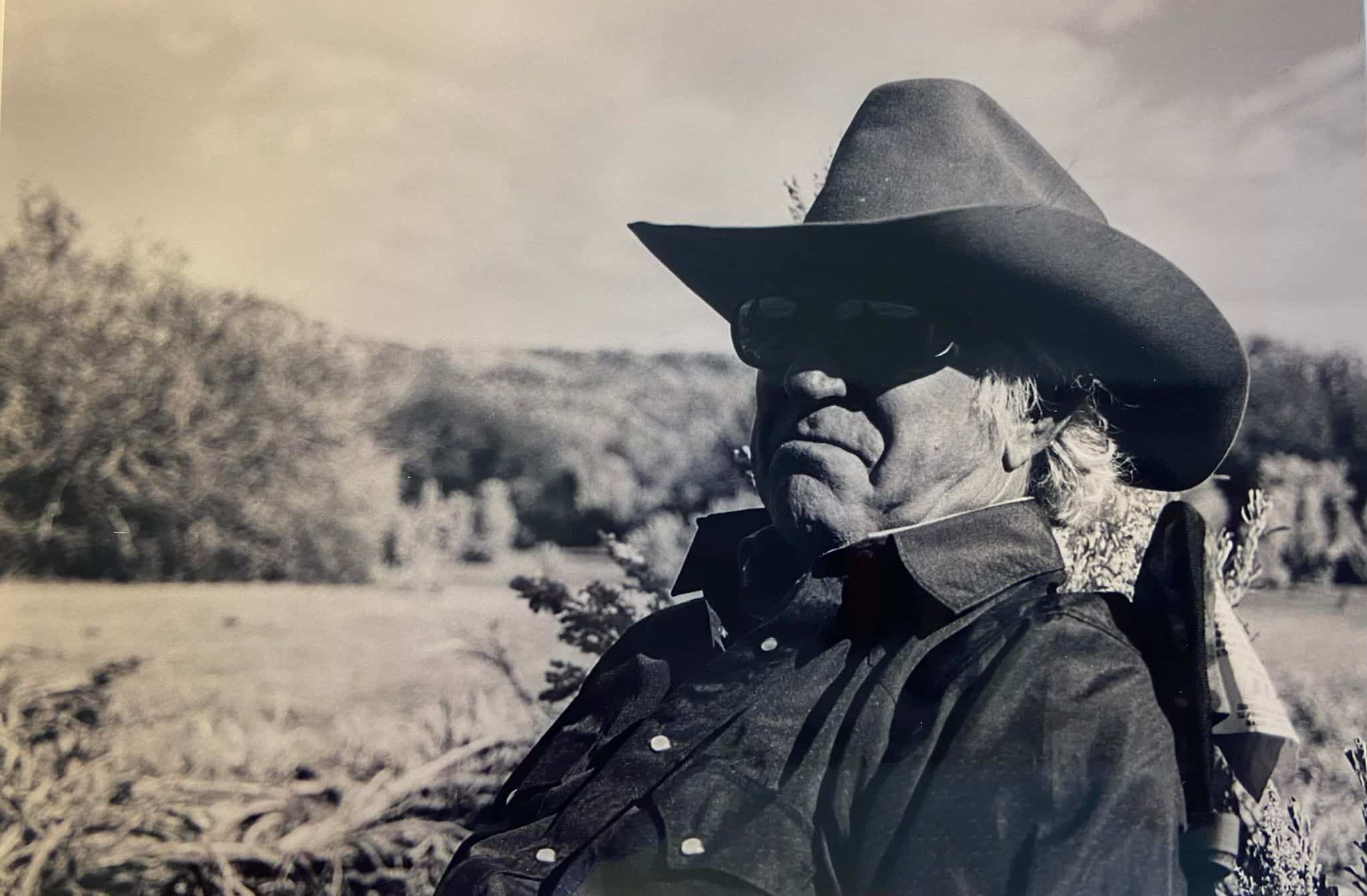Puncture Wounds in Horses
- Topics: Article, Puncture Wounds, Tetanus, Vaccinations, Wound Management
A puncture wound in any horse is cause for serious concern. For one thing, it can be difficult to treat. For another, it carries with it the danger that the horse might contract tetanus, also known in the horse community as lockjaw. Whatever the term, the condition can result in the horse’s death. Tetanus is caused by the bacteria Clostridium tetani. However, other Clostridium strains can cause malignant edema, an acute wound infection that can result in the horse’s death.
For purposes of discussion, we will divide this article into two parts. The first will involve puncture wounds in general, and the second part will deal with serious puncture wounds to the equine foot.
There is a basic five-step approach that is essential in preventing deadly bacteria from working their mischief when a puncture wound occurs, says Glen Gamble, DVM, a Riverton, Wyo., veterinarian whose practice revolves around horses. His approach is:
- Make certain that the penetrating object and resultant debris are removed and that the hair is clipped from around the edges of the wound. (For non-foot puncture wounds.)
- Thoroughly flush the wound with antiseptic.
- Make certain the wound remains open to facilitate drainage.
- Place the horse on a seven-day treatment protocol with antibiotics, specifically procaine penicillin.
- Vaccinate the horse against tetanus.
The five steps are aimed at facilitating the healing process and heading off lockjaw or malignant edema
Create a free account with TheHorse.com to view this content.
TheHorse.com is home to thousands of free articles about horse health care. In order to access some of our exclusive free content, you must be signed into TheHorse.com.
Start your free account today!
Already have an account?
and continue reading.

Written by:
Les Sellnow
Related Articles
Stay on top of the most recent Horse Health news with



















